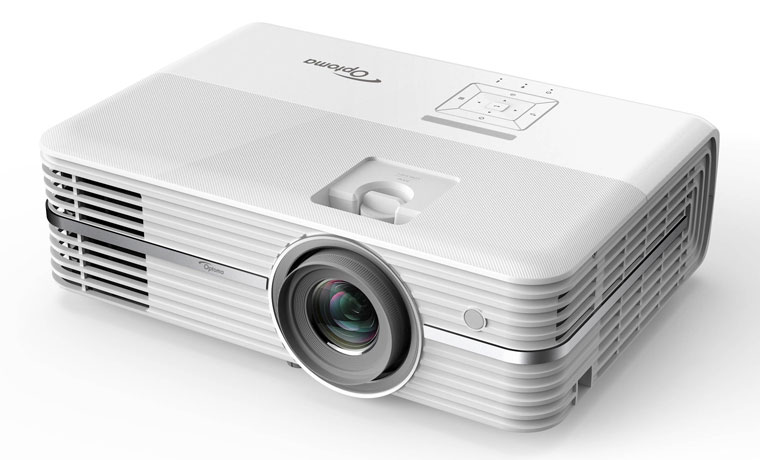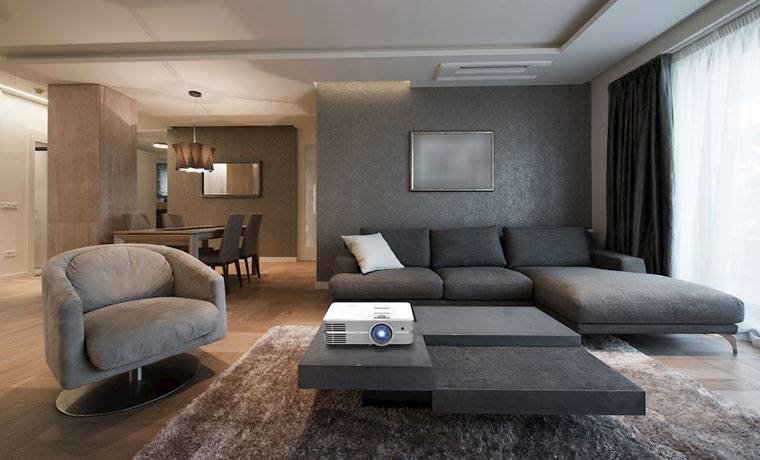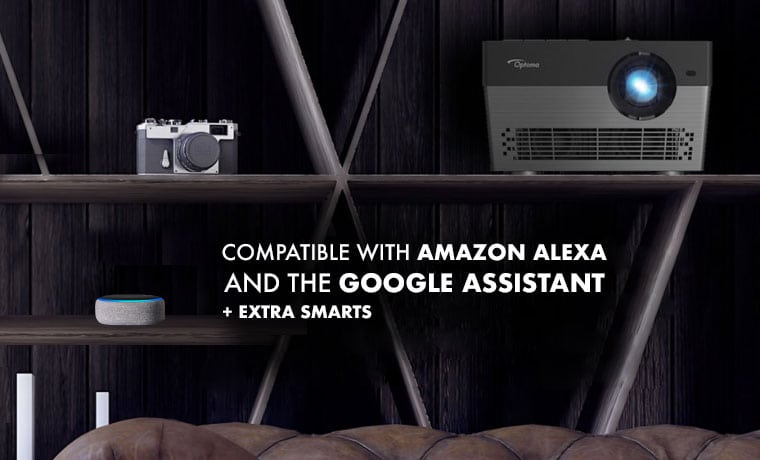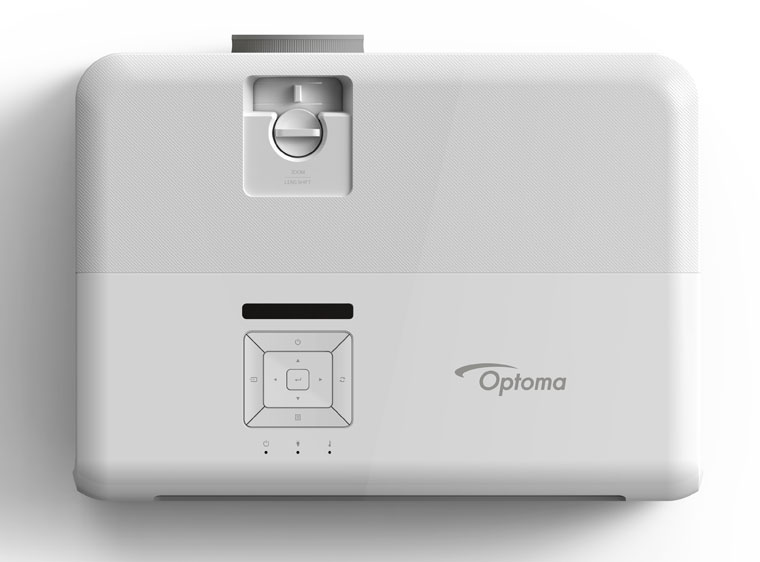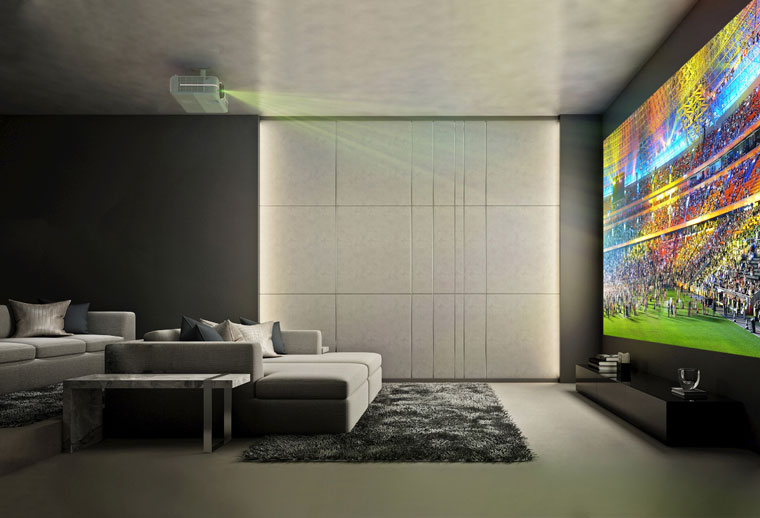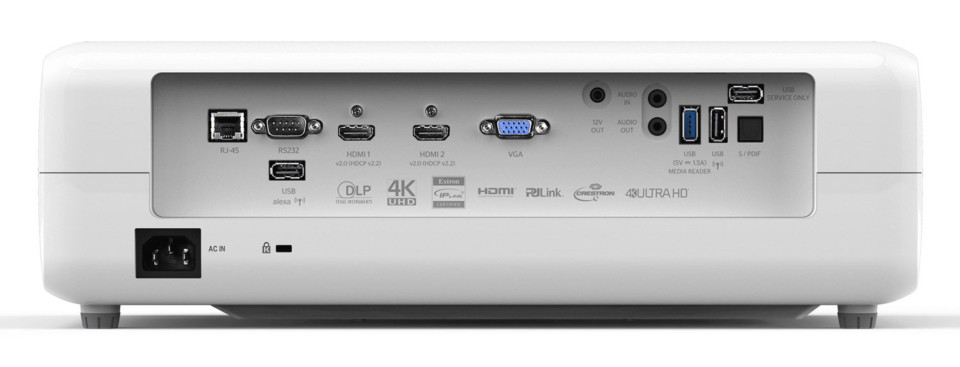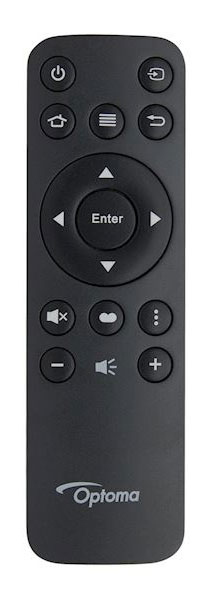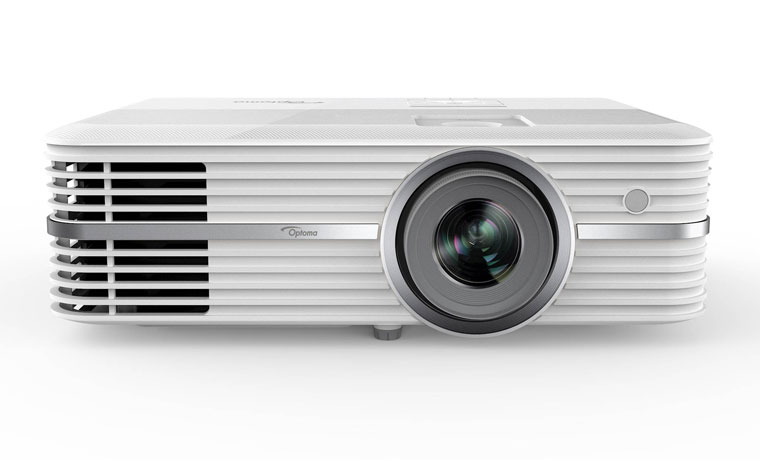Another feature that enthusiasts hate but average consumers often love is frame interpolation—otherwise called motion estimation/motion compensation (MEMC)—which the UHD52ALV offers. This function synthesizes new frames between the actual frames in a video signal to sharpen objects in motion, but it also causes the dreaded "soap-opera effect," causing movies to look like they were shot on video. Fortunately, you can disable MEMC if SOE drives you crazy.
SOE is worst with movies shot at 24 fps, so Optoma offers an alternative called 24p mode. Initially, I thought this might involve repeating each frame two or three times, just like commercial cinemas do. But instead, 24p mode synthesizes one new frame using MEMC after every four frames in the signal, bringing the displayed frame rate to 30 fps. This is still frame interpolation, but not nearly as much as full MEMC, so SOE should be far less apparent.
One thing that is glaringly absent from this home-entertainment projector is a game mode, which would reduce the input lag to acceptable levels for gaming. Because of MEMC, however, the UHD52ALV has a specified input lag of more than 66 ms—and that's with MEMC off! Turning MEMC on, the input lag increases to 140-160 ms, which is way too high for gaming. In general, an input lag of 55ms or less is acceptable, while a lag in the mid-30s is considered good, so don't expect gaming to be very satisfying on this projector.
3D might be gone from new flat-panel TVs, but it's still going strong in projectors. The UHD52ALV supports all 3D formats, including side-by-side at 1080i50/60 and 720p50/60, over-under at 1080p/24 and 720p50/60, and frame-packed at 1080p/24 and 720p50/60. Viewing 3D requires optional active-shutter glasses that are compatible with DLP Link. Optoma does not sell these glasses, but you can easily find them online from companies like Xpand.
For all you enthusiasts out there, the UHD52ALV offers ISF Day and Night calibration modes. These modes let you—or a professional technician—calibrate the projector for optimum performance with ambient light and in the dark. The ISF modes are normally locked so they can't be inadvertently tweaked; you need a special code to access them, which you can get from your dealer or calibrator.

